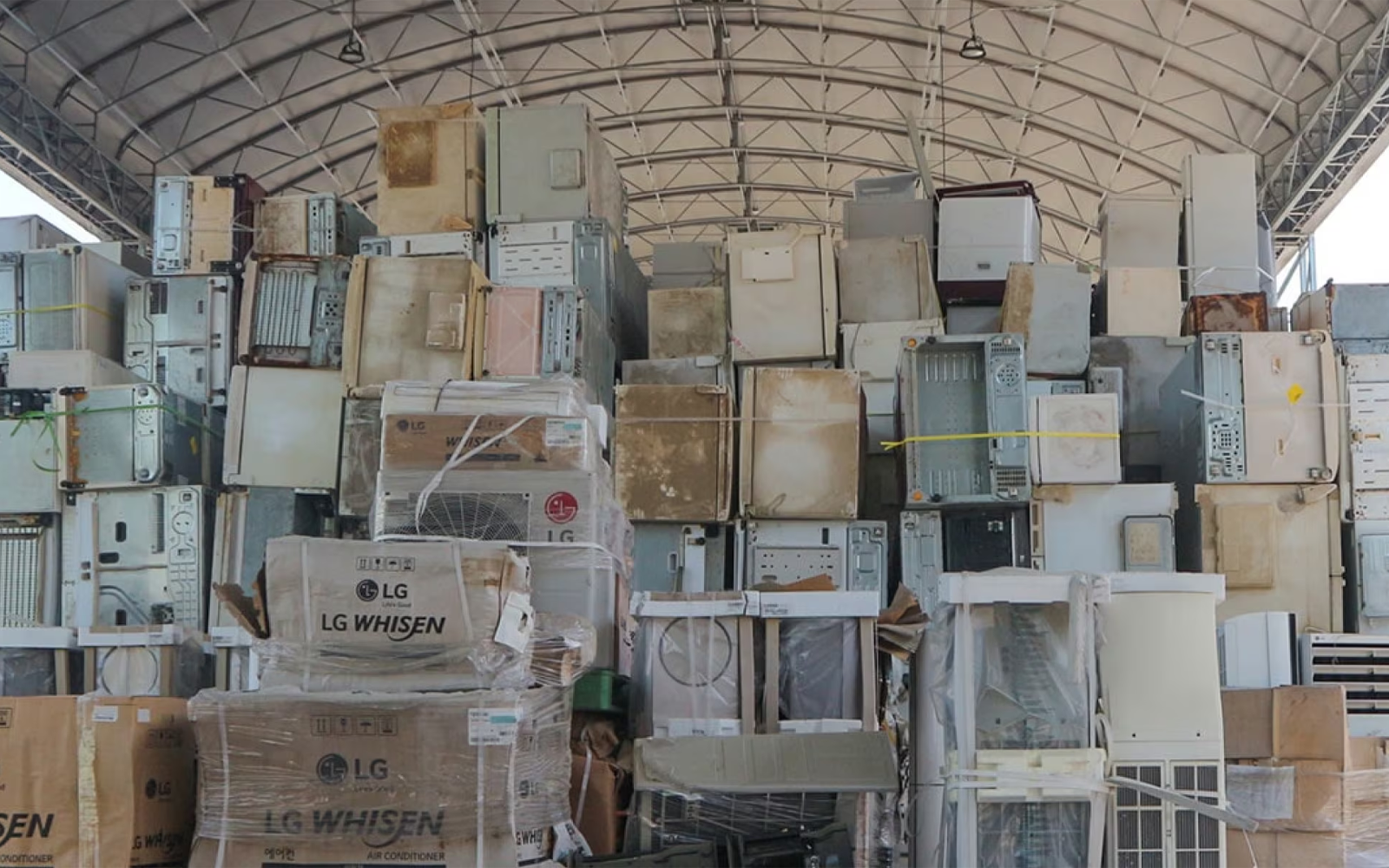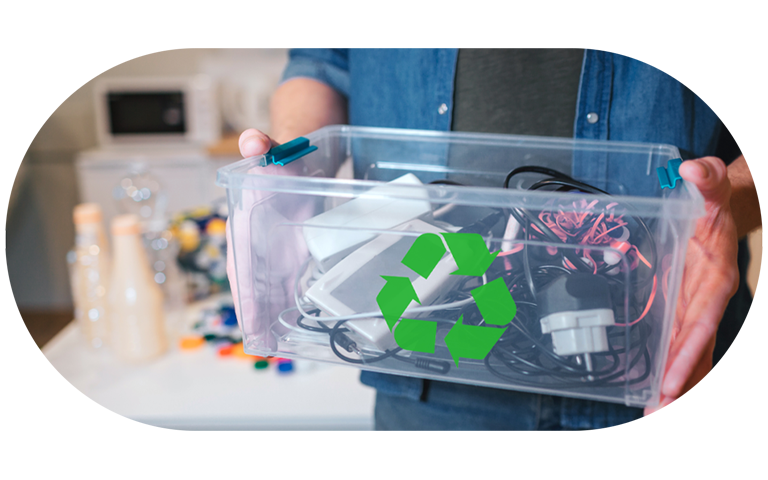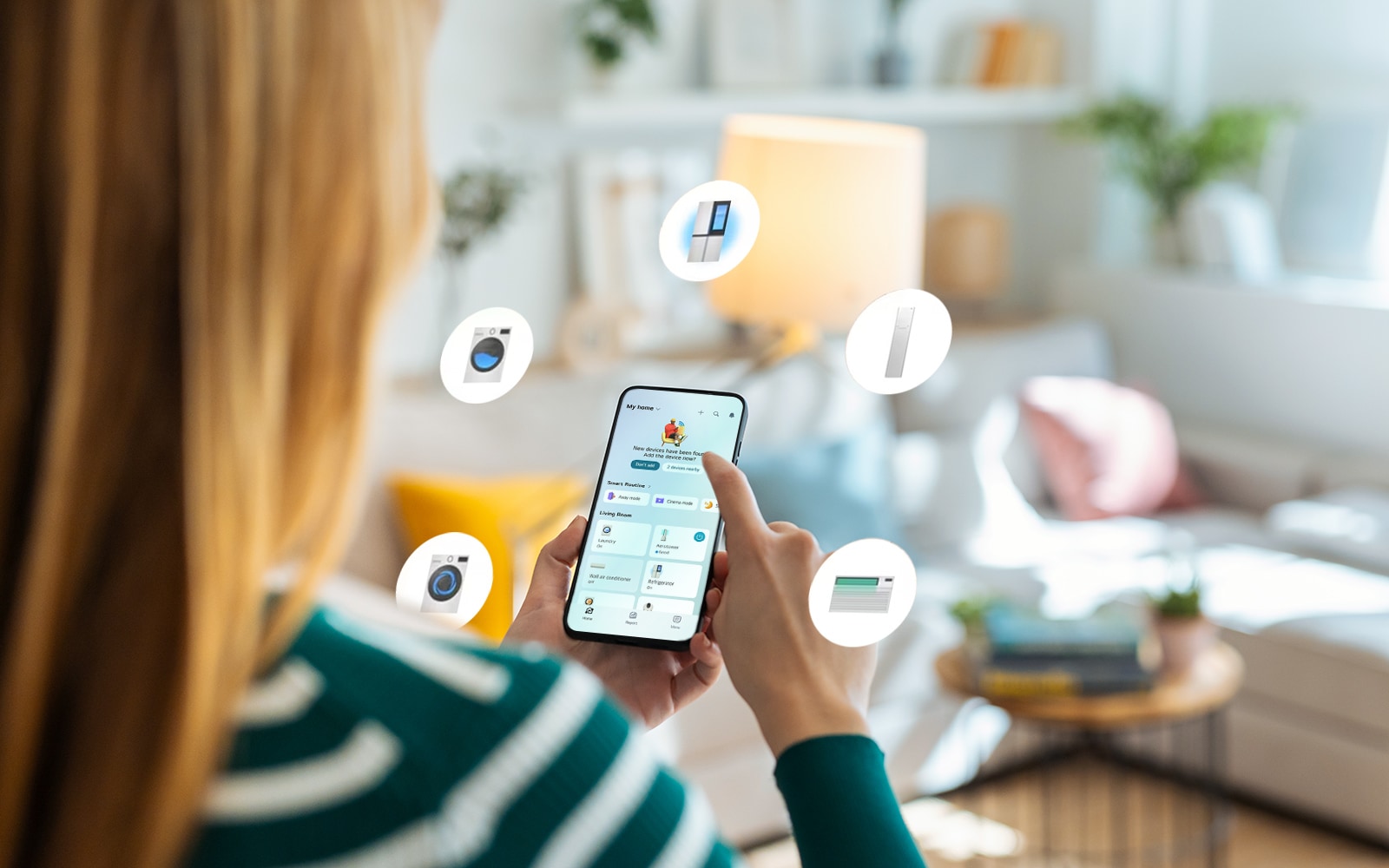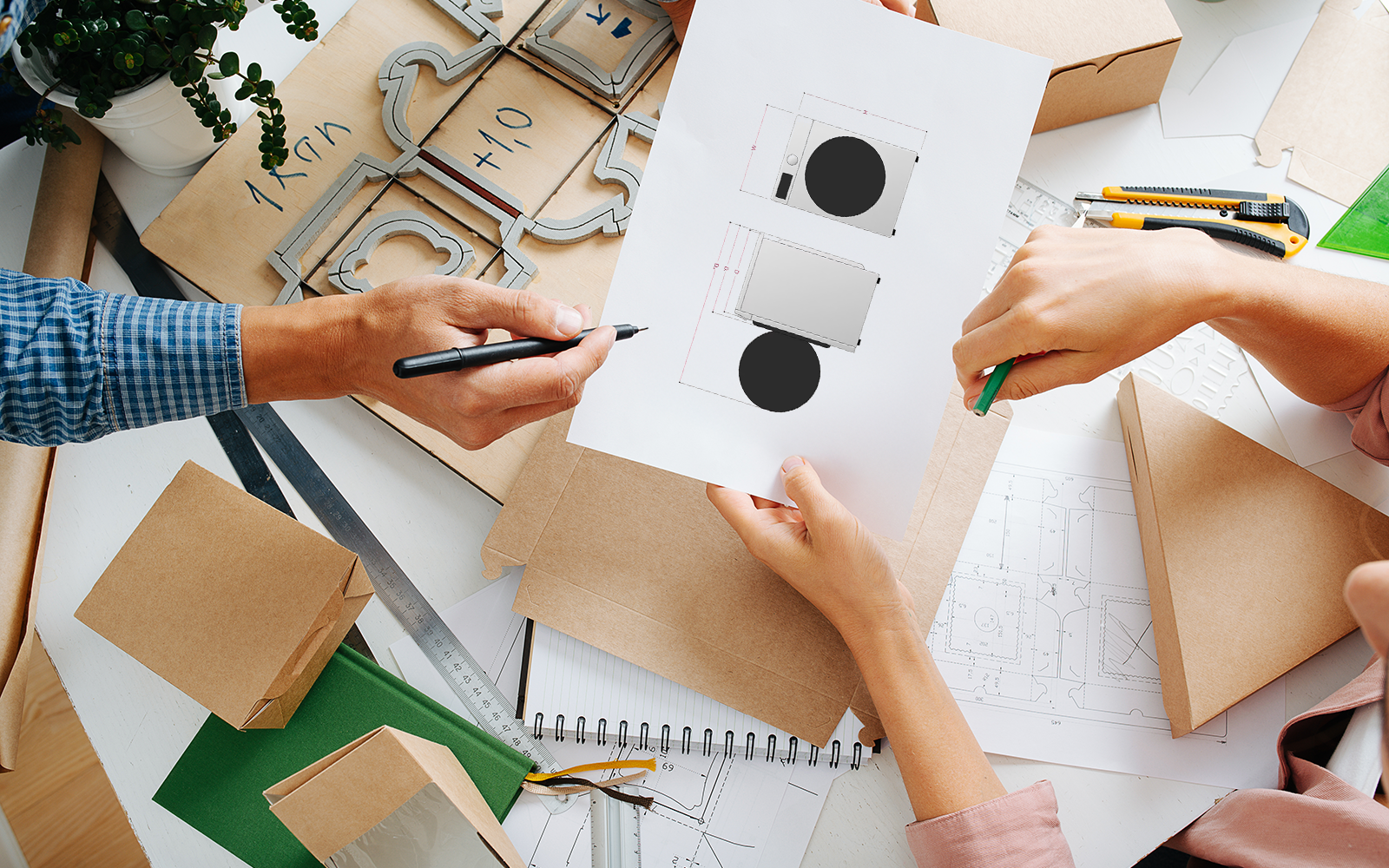We use cookies, including cookies from third parties, to enhance your user experience and the effectiveness of our marketing activities. These cookies are performance, analytics and advertising cookies, please see our Privacy and Cookie policy for further information. If you agree to all of our cookies select “Accept all” or select “Cookie Settings” to see which cookies we use and choose which ones you would like to accept.
INSPIRATION
LG’s Strategy for the Future: e-waste Management Initiatives
- Develop a better understanding of what constitutes e-waste and how LG is tackling the issue of e-waste management.
- Explore the numerous recycling schemes and take-back programs that have been introduced by LG.
- Understand the entire lifecycle of a product and how LG is embracing a circular approach to longevity.
- The key strategies that help LG to develop a wide array of products using recycled materials.
With the effects of climate change being felt around the world, it is more important than ever that companies embrace responsibility and help to preserve our planet. That is why LG is redesigning processes to cut carbon, rethinking product lifecycles to reduce waste, and introducing new tech to foster resourcefulness.
Committed to creating a better life for all, LG is also tackling the growing problem of e-waste which we will explore below:
What is e-waste?
E-waste refers to discarded electrical or electronic equipment like computers and mobile phones. Improper disposal of these items can lead to pollution and health issues due to the pollutants they contain. If e-waste is left in landfills, it can dissolve and contaminate the ground with these polluting materials.
LG’s commitment to responsible e-waste management
As a major producer of electronic goods, LG, a major electronic goods producer, implemented take-back and recycling initiatives worldwide to address e-waste disposal. Complying with WEEE directives¹, LG collaborates with REPIC in the UK to collect and process e-waste from recycling centres.²
REPIC additionally partners with organisations for responsible recycling, repair, and refurbishment of electricals for reuse.
LG is a founding member of the Consumer Technology Circularity Initiative, focused on waste reduction, reuse promotion, recycling enhancement and minimising consumer electronics disposal.³
E-waste disposal program and its impact
LG offers a customised e-waste take-back and recycling service to help meet the local needs and requirements of countries around the world. This led to LG using a recycling process that reapplies waste from recycled products into new products.
LG's circular approach to longevity
The circular economy has long been viewed as a way of helping to achieve climate neutrality as waste and greenhouse gas emissions are reduced through recycling and the reuse of materials. That is why LG is committed to recycling existing materials and inventing entirely new ones ⁷ to create resourceful products that can last a lifetime.
Key strategies to developing new products
When it comes to designing new products, LG is always thinking about the impact it will have on the environment. That is why there is a renewed focus on using recycled materials and ensuring that these products can be easily disassembled for future reuse.
Another important factor is reducing the volume and weight of the product so that resource consumption is also reduced, while LG is also reducing the use of heavy metals and polluting substances.⁸
Inside the LG Recycling Center
In an effort to drastically reduce waste, LG opened a cutting-edge recycling centre in Haman County, South Korea in 2001.9
This facility collects and disassembles discarded household appliances and electronic waste, extracting materials like aluminium, copper, steel, and plastic to create secondary commodities for new LG products.
The recycling process
The vision for e-waste practices
LG is increasing its use of recycled plastics across 19 product categories10 and collect around 8 million tons of end-of-life electrical appliances by 2030.11
LG will focus on biomaterials, waste batteries and plastics recycling, as carbon reduction technologies while optimising production processes to minimise material waste and promote improved materials. Additionally, LG is actively seeking partnerships to properly recycle e-waste.12
By taking a proactive stance on regeneration in the electronics industry, LG’s numerous initiatives will make sure that the growing problem with e-waste is tackled through responsible disposal and recycling programs.
Life's Good!
1 European Commission: Waste from Electrical and Electronic Equipment
2 REPIC: Homepage
3 LG Newsroom: LG Sustainability Leadership Highlighted In New Consumer Technology Circularity Initiative
4 LG Global: WEEE take-back partners
5 LG Global: Packaging take-back
6 LG Global: Battery take-back
7 LG Global: Sustainability
8 LG Global: Green Product Strategy
9 LG Global: E-waste program
10 LG Newsroom: LG Sustainability Leadership Highlighted In New Consumer Technology Circularity Initiative
11 LG Corp: Performance - ESG - Circular Economy
12 Packaging Insights: LG’s e-waste packaging management efforts








